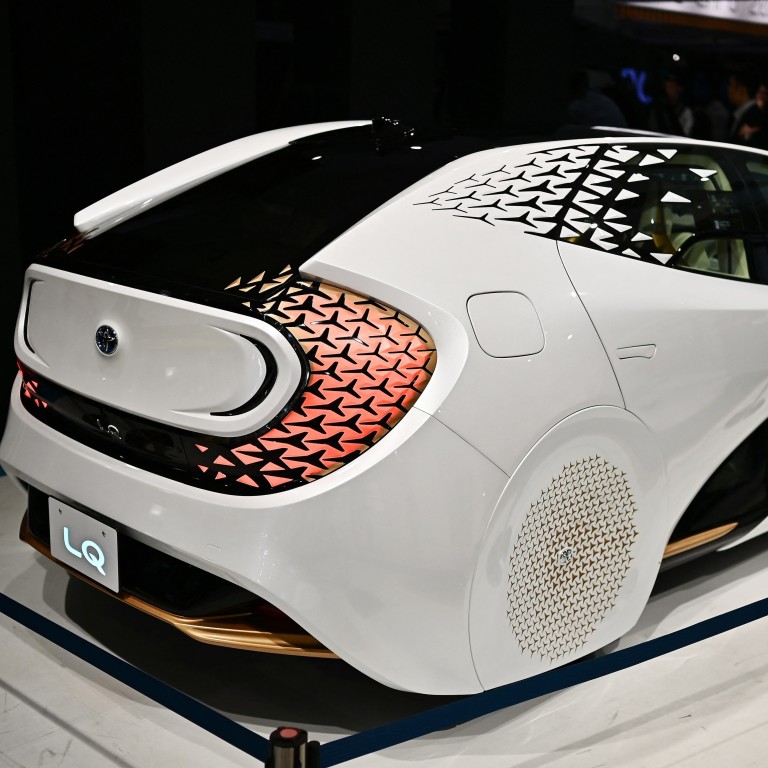
Classic cars in Hong Kong could be an untapped treasure trove for investors
- The last thing an electric car driver wants is to look goofy. No matter how innovative the designs are, classic lines will turn heads without a snigger
- Older second-hand cars are largely shunned in Hong Kong but sought after overseas by driver-investors. Could these be an astute purchase, especially if they were electric?
Sitting around a Sunday afternoon lunch table with a few cans of beer under the belt is a natural forum for entrepreneurs to air ideas of what we are likely to do next. Such was the case about a year ago when I sat with two new friends who hail from Switzerland and found themselves in South Lantau: Töni Sigg and Urs Stemmler.
One thing we have in common, like many guys of our age, is a love of fancy cars – Ferrari, Maserati, Aston Martin, etc – and Urs has even taken the plunge with a 1980s’ era Ferrari Mondial. The semi-classics are more personal, and more suited to Töni’s wallet, and mine. For me that dream car is my old Jaguar XJ V8, a jalopy in 2022 with its four-litre engine. Töni has a laundry list of them, and his most recent acquisition was a Maserati Quattroporte.
I sent them a picture of the latest offering from Toyota, a fully electric LQ, remarking that it looked like an Easter Egg designed by committee.
“That is funny! Really funny,” cracked Töni. Urs remained silent. He is a 30-year bonafide veteran car designer who is too polite to cast the first stone at his peers – though later he agreed it is a hard one to love.
“I feel sorry for car designers. They are pushed into accommodating the industry’s replacement cycle and you just can’t come up with something new and exciting every two years.”
“Perhaps it was designed by a committee forced into a corner. It is really sad to see,” he added.
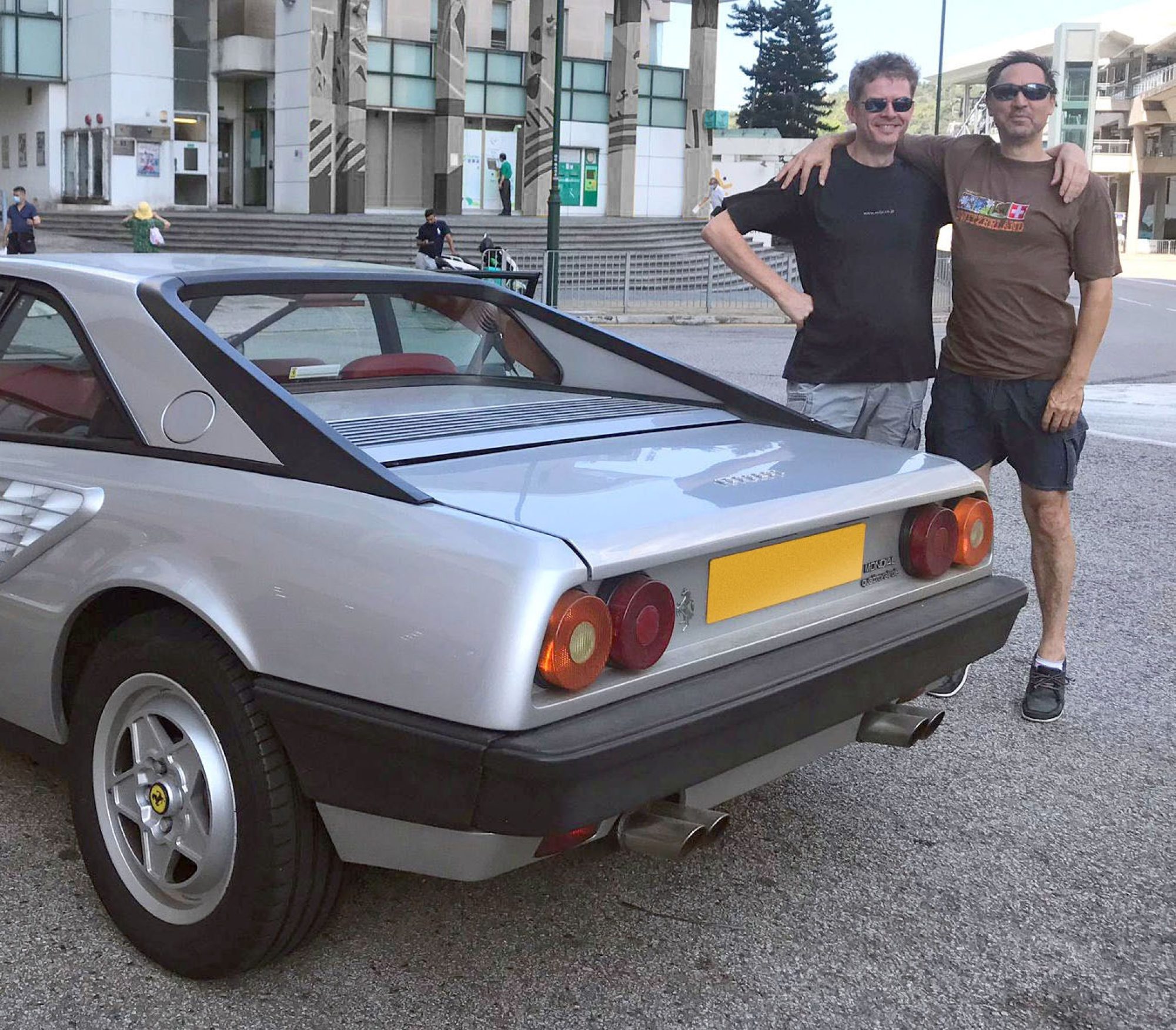
SWISS TÖNI
Töni truly is one of the smartest engineer-entrepreneurs I have met, and unlike many of us who have ideas we never do anything with, he really goes out and does it. He’s got a very lovely energy-efficient house in Pui O to prove it, laden with experiments from 12v DC LED lighting to a cooling system for the balcony rails, and an energy-sipping heat exchanger air-conditioning device that none of us really understands. Töni told us of his new idea to electrify a classic car and being energy self-sufficient.
“When we take a house off grid, which we will, we’ll have surplus energy. I want to electrify a nice classic car and put the energy there. We don’t need 500-mile ranges, just ‘commuter plus’ and fuel up at home, or at a friend’s house.”
Given the horrendous economics of buying, maintaining and running a nice classic car, it sounds absurd to pull it apart. But Urs approaches it from a different perspective.
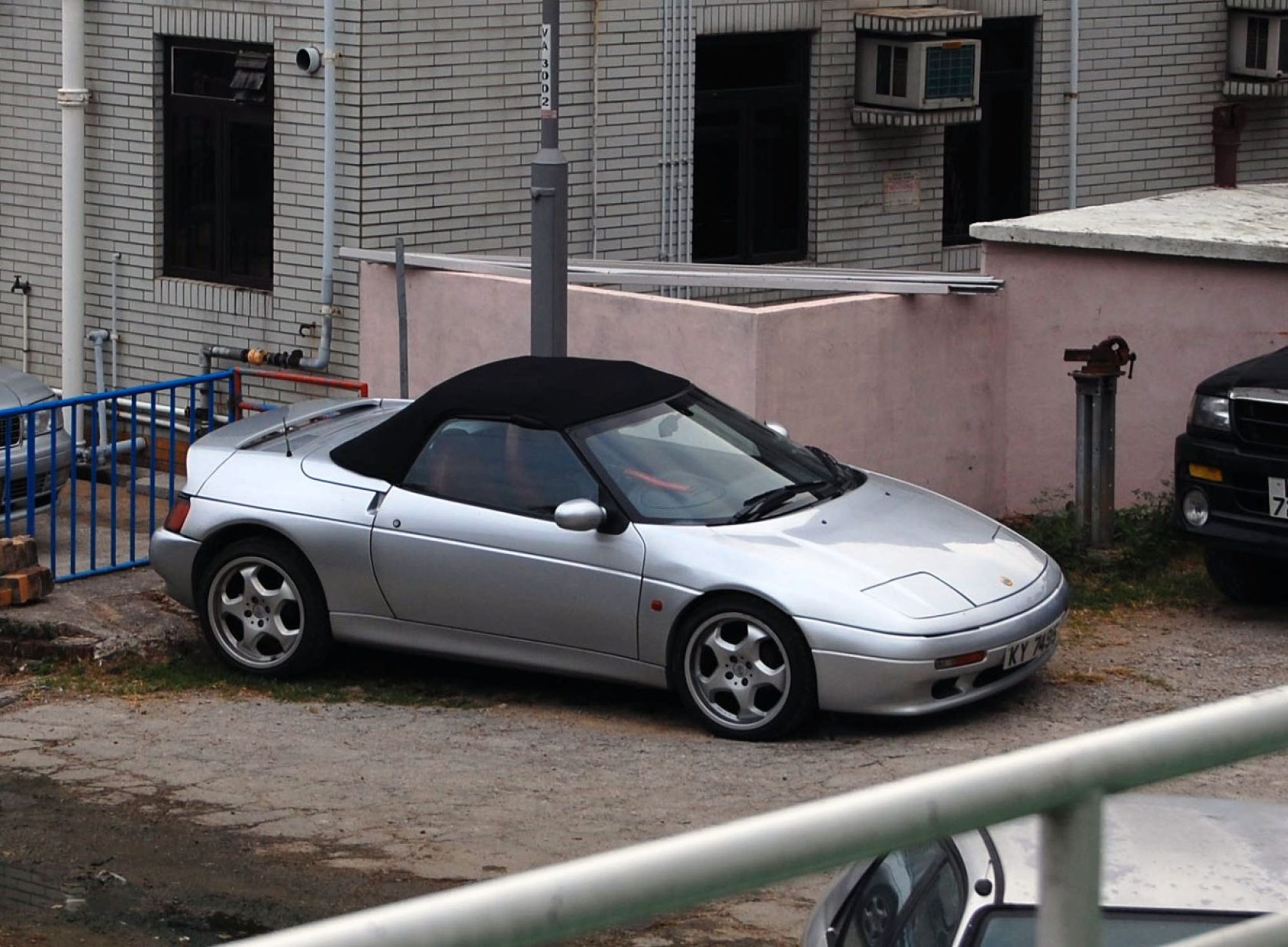
URS
“I’m not sure if I will make a lot of money when I sell the Ferrari, but I will have had 100,000 miles of driving a classic that turns heads. People always come and speak to you in car parks and kids wave when you pop up the headlights,” Urs told me.
Japan’s quarantine lesson for HK: the state pays, treats you like an adult
Swiss Töni took this idea and ran with it:
“The new electric conversion parts that are coming out have very high energy density and an efficiency that will make a converted car very inexpensive to run, especially built into 1980s and 1990s platforms,” he assured me.
Töni has been accumulating “near classics” – low mileage and well-cared-for cars using Urs’s original cost hypothesis. He now owns a few, which essentially are his provident fund. It seems to be a good strategy in these uncertain times. Classic and near-classic car prices in Europe have been appreciating faster than gold.
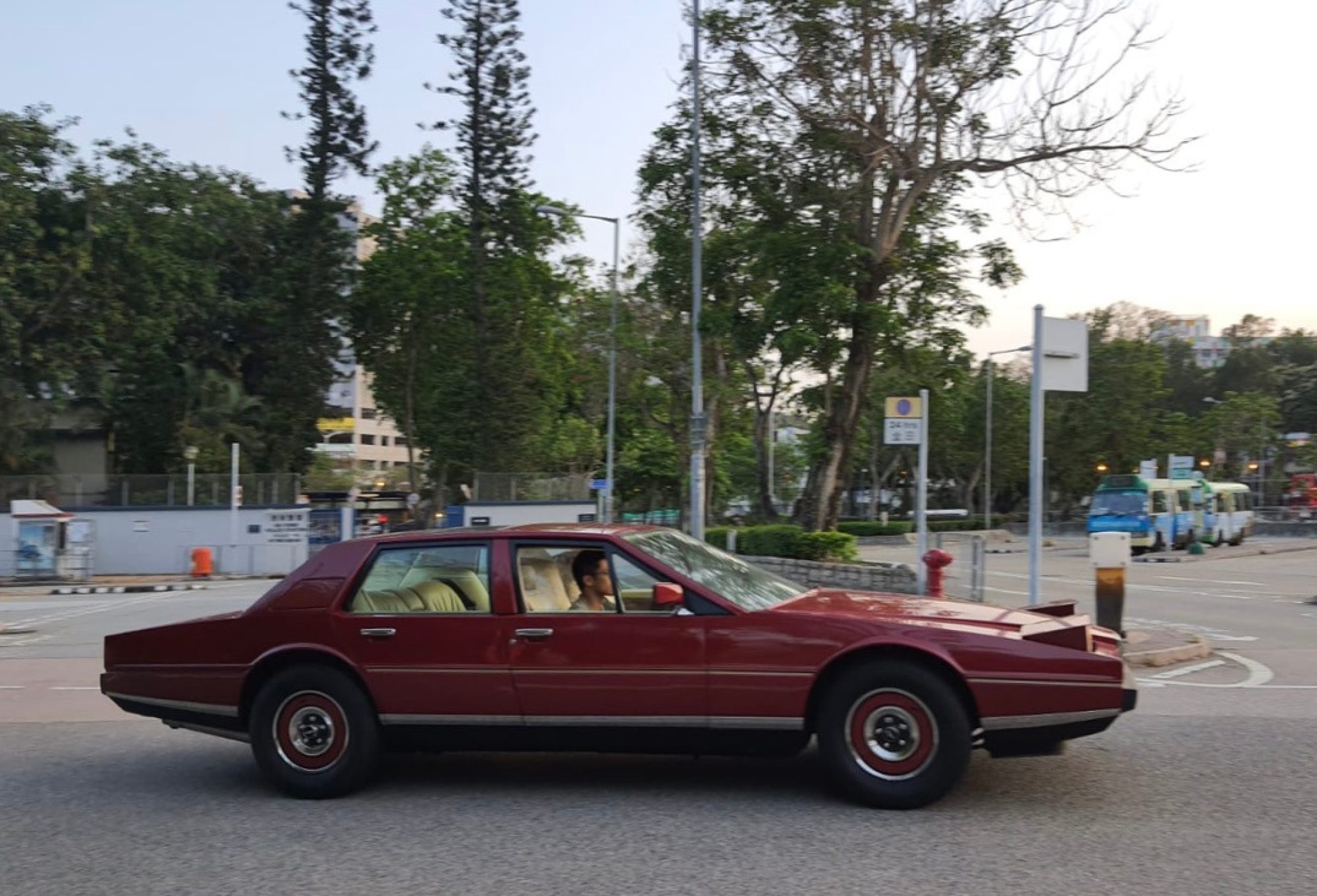
As we head for a period of high inflation coupled with artificially low interest rates – a situation in which physical assets are typically what you want – cars could be interesting for those people who cannot take the plunge with a big property purchase, who want a bit of diversification, or who want to pass on the hype about Non-Fungible Tokens.
According to the website Autocar, auction and insurance houses are seeing models from the 1980s and 1990s in particularly high demand, with the older but still reliable cars from the 1960s and 1970s well underpinned in price.
According to Hagerty UK Price Guide, which publishes prices on classic cars, there has been an acceleration in prices this year after the lifting of the first lockdown. Over the past two years, its index of “affordable classics” – which includes such gems as VW Beetles, MGB GTs, 1970s Porsches, Datsun 240Zs and Triumph TR6s – has returned some 15 per cent per year. The guide notes that more recently, the Alfa Romeo GTVs, DeLoreans, and Ford Sierra Cosworths, XR2 Fiestas and XR3 Escorts have been good performers. Modern classics such as BMW 3 Series cars, Peugeot 205 GTis and Japanese exotics like the Toyota Supra, MR2, and Nissan Skyline are the targets of older buyers at online auctions.
Escapism is the cure for Hong Kong’s pandemic blues – Doraemon shows how
Mui Wo resident and professional photographer Henk Pomstra loves a classic in his garage. After nearly breaking his wife’s teeth on South Lantau’s bumpy roads, he recently traded his late 1990s Porsche for the super-smooth ride of a 1980s Bentley. He noted that his purchase was quite affordable in Hong Kong compared to Europe, with an abundance of near-classic cars in the territory.
“A good potential classic car is an iconic car, with one or two previous owners, max. And it has to be fully documented,” Henk told me. “I have whole folders of documents with my cars”.
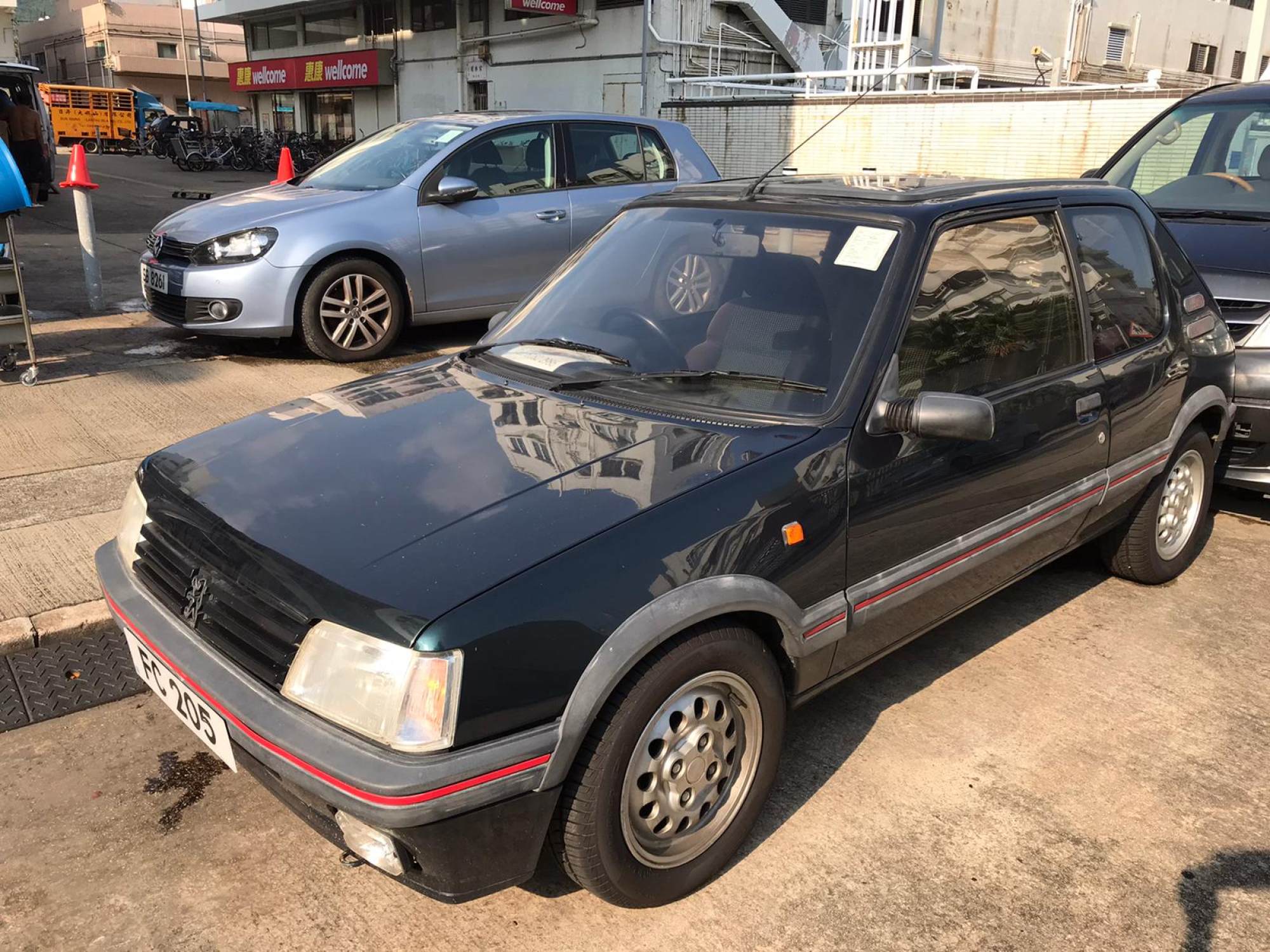
Back to the Sunday lunchtime discussion, when Töni revealed an interesting twist to a classic car conversion and how this could be a business to help car owner-investors justify the adventure of owning a classic. What if an engine could be removed and preserved, with the drive train replaced with an electric one for daily use, and the original engine refitted when the investor sells the car? To keep costs down, the power plant would be built from off-the-shelf components, be relatively inexpensive to fit and could be reused in similar cars in the same category.
It is not a completely new idea: Jaguar experimented with it in “Project Marmite”. A beautiful antique E-Type was fitted with an electric powerplant with batteries that mimicked the weight and performance of the original combustion engine, while interfacing the ancient electrics with modern electronics. They will now do it for you for £60,000 (US$80,000) if you supply the donor car. And the car can be converted back later if the owner wishes.
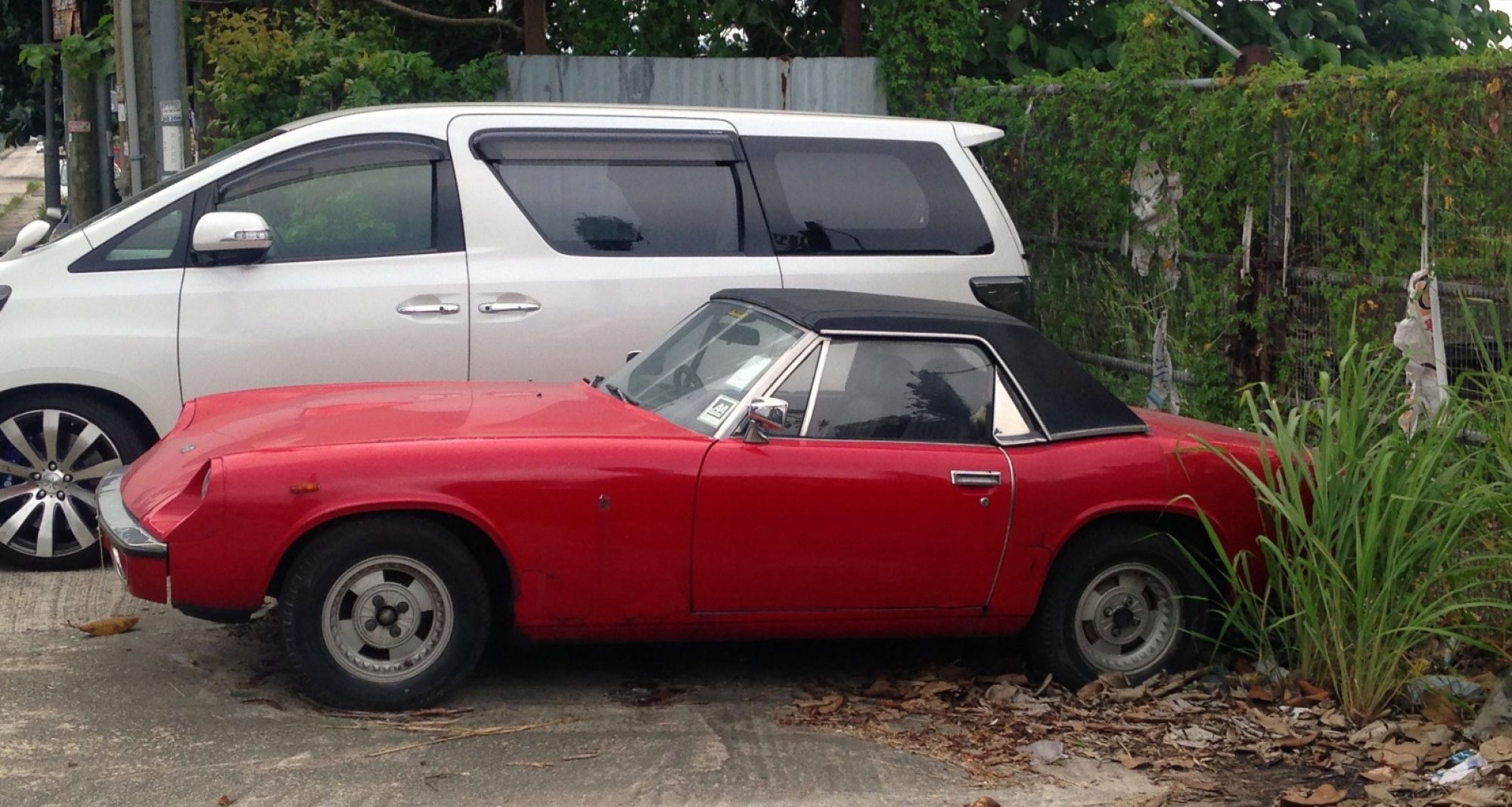
Unlike many of us with wild ideas, Töni implements his, and whoever eventually buys his house is in for a treasure trove of technological improvements. Urs has his old Citroen 2CV in which he learned to drive in storage. That could become the first Töni-Urs project. Töni is passionate about kicking off his business idea conceived through Covid-19, but I had to ask the more reserved Urs if he would be getting involved. He beamed a smile with his reply:
“I’m afraid so!”
Neil Newman is a thematic portfolio strategist focused on pan-Asian equity markets

